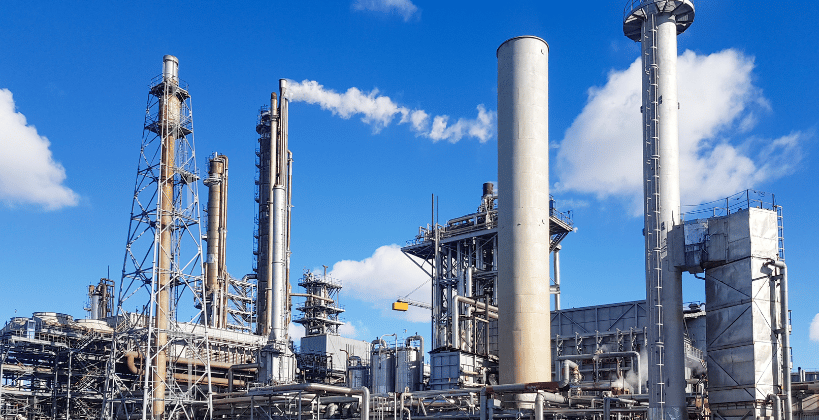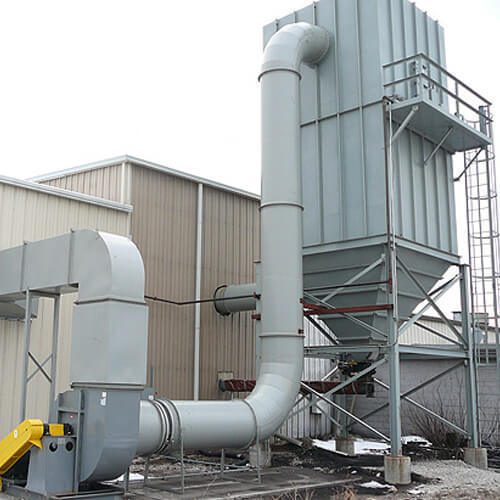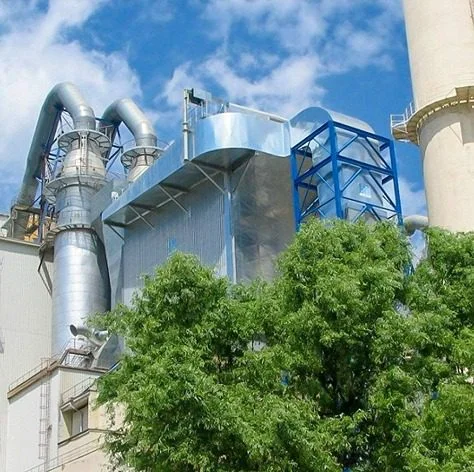Air pollution remains one of the most significant environmental challenges in the modern world, posing serious risks to both human health and the stability of ecosystems. The rapid expansion of industrialization, urbanization, and transportation networks has led to an increase in emissions of harmful pollutants that compromise air quality and contribute to global climate change. Emission control refers to the diverse range of technologies, strategies, and regulatory frameworks designed to mitigate the release of hazardous pollutants into the atmosphere from industrial facilities, power plants, vehicles, and various other sources. Companies and governments worldwide are prioritizing investment in emission control solutions to comply with stringent environmental regulations, minimize environmental degradation, and promote long-term sustainability.
Key Sources of Industrial Emissions
Industrial operations are a major contributor to air pollution, releasing pollutants such as particulate matter (PM), flüchtige organische Verbindungen (VOCs), sulfur oxides (SOx), nitrogen oxides (NOx), and greenhouse gases like carbon dioxide (CO2). The following sectors are among the most prominent sources of these emissions:
- Manufacturing Plants: Various industrial processes, including metal fabrication, chemical production, cement manufacturing, and textile processing, generate substantial emissions. Combustion-based manufacturing techniques, material handling, and chemical reactions result in significant pollutant discharges into the air.
- Stromerzeugung: The energy sector, particularly coal and natural gas-fired power plants, is among the largest contributors to industrial emissions. The burning of fossil fuels for electricity generation results in large-scale CO2 emissions, along with harmful byproducts like SOx and NOx.
- Automotive and Transportation: Vehicles powered by gasoline and diesel engines release a vast range of pollutants, including carbon monoxide (CO), nitrogen oxides (NOx), b (HC), and particulate matter (PM). Transportation emissions are a primary contributor to urban air pollution and global warming.
- Oil and Gas Industry: Operations such as drilling, refining, and transportation of petroleum products release large amounts of methane (CH4) and other hazardous pollutants. Flaring and venting during oil extraction contribute to environmental pollution and greenhouse gas accumulation.
Entdecken Sie unser Lösungsangebot:
Advanced Emission Control Technologies
To effectively combat industrial pollution and reduce environmental impact, industries are adopting innovative emission control technologies. These advanced solutions play a critical role in curbing pollutant discharge and ensuring compliance with regulatory standards. Below are some of the most efficient emission control technologies in use today:
1. Elektrostatische Abscheider (ESPs)
Electrostatic precipitators utilize an electrostatic charge to remove fine particulate matter from exhaust gases before their release into the atmosphere. These highly efficient systems are widely used in power plants, cement factories, and industrial boilers, capable of capturing up to 99% of airborne particles. By preventing the emission of harmful dust and soot, ESPs help maintain air quality and minimize industrial air pollution.
2. Scrubbers
Scrubbers are vital emission control devices designed to remove gaseous pollutants from industrial exhaust streams. They operate by introducing a liquid, typically water or a chemical solution, to neutralize and capture harmful emissions such as sulfur oxides (SOx) and acid gases. Wet scrubbers, which are extensively used in coal-fired power plants, significantly reduce SOx emissions and help industries comply with environmental standards.
3. Catalytic Converters
Commonly employed in the automotive industry, catalytic converters facilitate chemical reactions that transform harmful gases, including carbon monoxide (CO), nitrogen oxides (NOx), and hydrocarbons (HC), into less toxic emissions such as carbon dioxide (CO2), nitrogen, and water vapor. These devices play a crucial role in reducing vehicular emissions and improving air quality.
4. Fabric Filters (Baghouses)
Fabric filters, also known as baghouses, are effective air filtration systems designed to capture particulate matter by passing exhaust gases through high-efficiency fabric bags. Widely utilized in cement plants, steel mills, biomass power stations, and chemical processing facilities, fabric filters ensure that fine dust and pollutants are removed before industrial emissions are discharged into the environment.
5. Selective Catalytic Reduction (SCR)
SCR systems significantly reduce nitrogen oxide (NOx) emissions by injecting ammonia or urea into exhaust streams, causing a catalytic reaction that converts NOx into nitrogen and water. This method is particularly effective in power generation, marine transportation, and large-scale industrial applications where NOx emissions must be strictly controlled to meet environmental regulations.
The Role of Regulations in Emission Control
Governments and environmental agencies worldwide have implemented stringent emission control regulations to combat industrial air pollution. Regulatory frameworks such as the Clean Air Act in the United States, the European Union’s Industrial Emissions Directive, and India’s National Air Quality Standards impose strict emission limits on industries. Compliance with these regulations often requires businesses to adopt state-of-the-art pollution control technologies, integrate sustainable practices, and invest in continuous monitoring systems to ensure adherence to air quality standards.
How Intensiv Filter Himenviro Supports Emission Control

As a globally recognized provider of industrial air filtration and emission control solutions, Intensiv Filter Himenviro offers cutting-edge technologies tailored to diverse industrial applications. Our expertise in electrostatic precipitators, baghouse filters, gas cleaning systems, and advanced filtration technologies ensures that industries achieve optimal air pollution control while maintaining operational efficiency. With a strong commitment to innovation, environmental sustainability, and regulatory compliance, we help businesses minimize their environmental footprint and contribute to cleaner, healthier air.
The Future of Emission Control
The evolution of emission control technologies continues to drive advancements in sustainability and efficiency. Emerging trends shaping the future of emission control include:
- Carbon Capture and Storage (CCS): These technologies focus on capturing CO2 emissions from industrial sources and storing them underground or repurposing them for industrial applications, reducing their impact on the environment.
- Hydrogen-Based Energy Systems: The shift towards hydrogen as a clean and sustainable energy source is gaining momentum, with industries exploring hydrogen-powered solutions to reduce their reliance on fossil fuels.
- AI-Powered Monitoring and Optimization: Artificial intelligence and real-time data analytics enable industries to enhance emission control strategies, optimize energy use, and ensure compliance with environmental regulations.
Abschluss
Emission control is no longer an option—it is an essential requirement for industries striving to operate sustainably while adhering to environmental regulations. By leveraging advanced filtration technologies, transitioning to cleaner energy sources, and adopting intelligent monitoring systems, businesses can significantly reduce their emissions and contribute to global efforts in combating air pollution. Intensiv Filter Himenviro remains at the forefront of this mission, delivering innovative solutions that empower industries to achieve superior air quality control, regulatory compliance, and long-term environmental sustainability.





